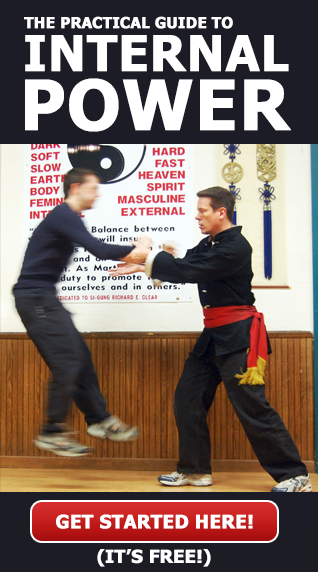How do you know if what your learning is really Tai Chi?
This seems like a simple question on the surface. Look for the forms. If someone is doing Wild Horse Tosses Mane or one or another of the many Tai Chi forms, then it must be a part of the art.
Unfortunately, the answer is more complicated than that.
I had the privilege of training with Liu Ji Fa, one of the family heads in China. For his entire life, he has only studied Tai Chi.
However, when he is showing the combat applications of his art, it is not always recognizable as such. If an observer was not highly trained in Tai Chi, many of Liu Ji Fa’s applications would look a lot more like Silat than what people commonly associate with Tai Chi.
Compounding the problem is the fact that many people these days have trained in more than one art. I myself have trained in Silat, Tai Chi Chuan, Systema and other arts as well and many other people, devoted students of the martial arts, have done the same.
However, when it comes to preserving a particular martial art, I am a purist. I have seen too many cases where well-meaning people have tried to explain one art form in light of another and have ended up only watering down both arts into something that is actually quite ineffective for combat purposes or, in the case of Tai Chi, for health applications as well.
Although cross-pollination can be worthwhile at times, when it comes to practicing and teaching a particular martial art, I am very careful to preserve the art in the form it has been given to me.
Hear are 3 strategies for determining if something really is Tai Chi or not.
1) Read the classics.
The classics contain the principles and strategy of Tai Chi. If you understand the classics in depth then it will become much easier to look at a persons movement or applications and understand if its Tai Chi or not.
2) Compare it to the form.
Tai Chi physical applications work best when they are done exactly like the form. If you need to change a movement from how it appears in the form to make it work then it’s probably not Tai Chi.
3) Ask Questions.
Ask lots of questions. Compare and contrast the answers you get and evaluate them in light of the classics and the forms.
And last, train hard and always be willing to learn.

I always hear “read the classics”. Can you please give a few specific titles? Really enjoyed meeting you and your crew at the Tai Chi Gala in Albany!
Glad you enjoyed it. We had a great time as well.
A google search for “tai chi classics” will give you several translations of various Tai Chi classics but I’ll talk to Sifu Clear and put together a recommended reading list this coming week.